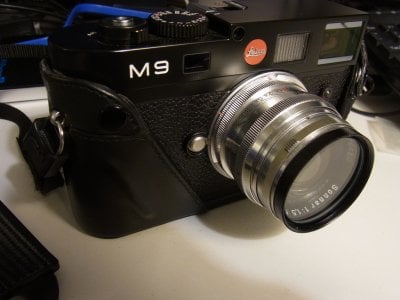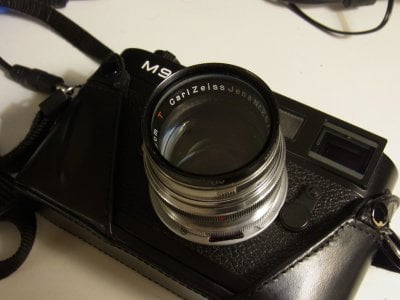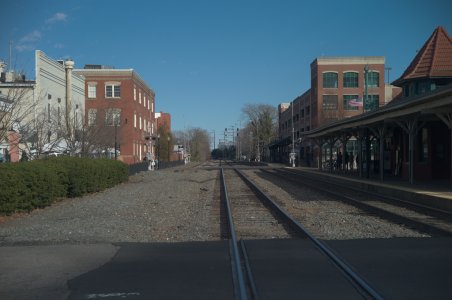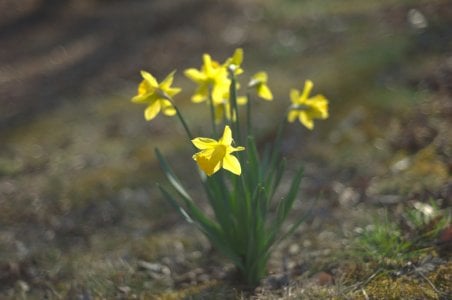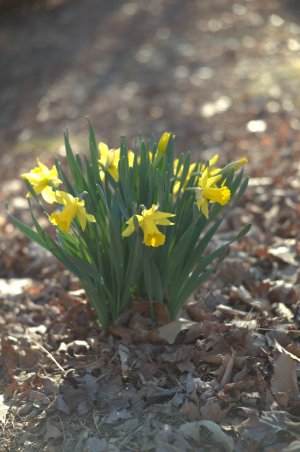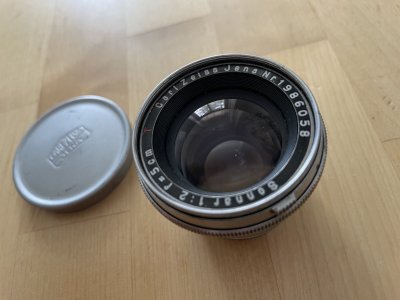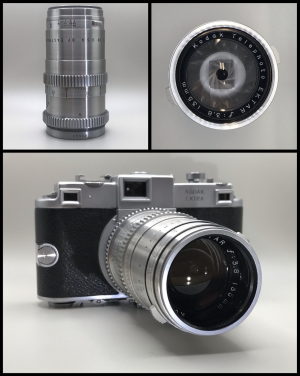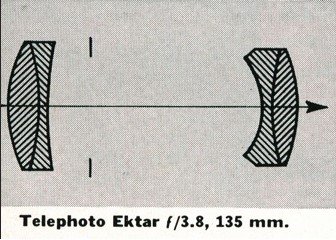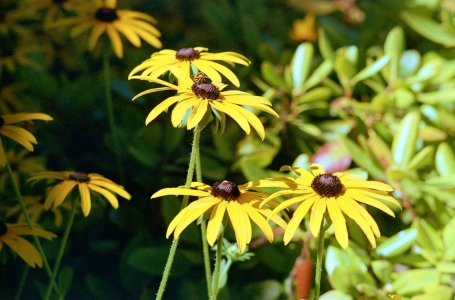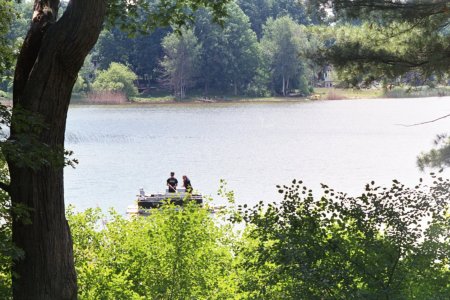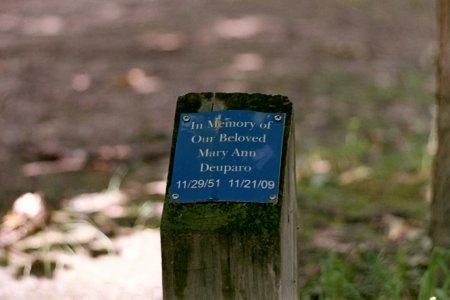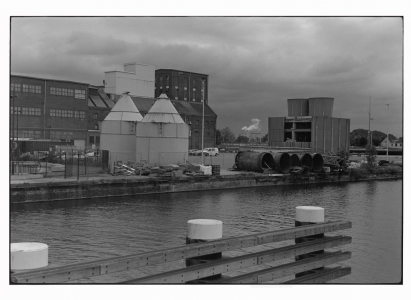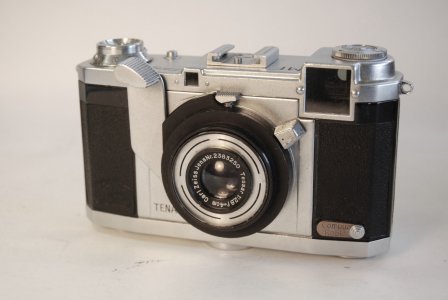David Hughes
David Hughes
The Leica IV had a combined VF/RF, wider base.
The FED 2 looks more like a Leica IV than the IV looks like a IIIa.
https://gmpphoto.blogspot.com/2013/02/leicas-that-never-reached-market.html
I can remember that the Leica was a production model because I recognised it. And I realised they were calling it a IV as they'd not seen one before. So my guess now is that it was a IIIc, which is obviously different. My heap of old magazines is about 3ft high so I can't quickly lay my hands on the article.
Many others of us have wondered why the model III designation continued after a new longer, die cast body was introduced; it seems very logical.
Regards, David
Coldkennels
Barnack-toting Brit.
Many others of us have wondered why the model III designation continued after a new longer, die cast body was introduced; it seems very logical.
It makes sense given the naming structure of the Leicas:
A Leica I: no rangefinder (and later no viewfinder either).
A Leica II: rangefinder and viewfinder, but somehow "economised" (no slow speeds, most notably)
A Leica III: the full-fat Leica experience with all the trimmings.
The IIIc represented a development of the III - a refinement - not a whole new model. Similarly, there was also the Ic and IIc; if Leica had named the IIIc a Leica IV, what would the Ic and IIc be?
This naming structure then stuck around when the Ms came out; although people love the M2, it's worth bearing in mind that it was considered the cheaper, lesser version of the M3, thus earning the model II designation in the new M lineup.
I also find it interesting that the proposed IV did actually represent a whole new feature on the Barnack platform: combined RF/VF and the modular VF to allow for changing of focal length. If Leica had gone ahead with that, I wonder if they'd have kept the I, II, and III going, and if we'd have ended up with a IIk and a IVk down the line - or even something further down the alphabet like a IIIp!
Räuber
Established
This German article about the Biotar writes about coating at Carl Zeiss Jena. It has some evidences that some lenses where coated later too.
JakobN
JakobN
I know this very informative site, but I had not seen the page about the Biotar.
Thanks for the link.
Jakob
Thanks for the link.
Jakob
Erik van Straten
Mentor
Shot with a nickel "black band" Sonnar 1: 1,5 f=5cm Carl Zeiss Jena Nr. 1628901. The lens seems to be uncoated, but the elements have a brownish sheen on them, a bit like Takumars from the 1960's. The camera used is a Contax 1 v4, presumable post war rebuild; very professionally done. The camera has a 3mm nickel flash contact on its right side but everything else seems to be original. Rangefinder base 10,5 cm (!).
gelatin silver print (zeiss jena sonnar 5 cm f1.5) contax 1 version 4
Erik.
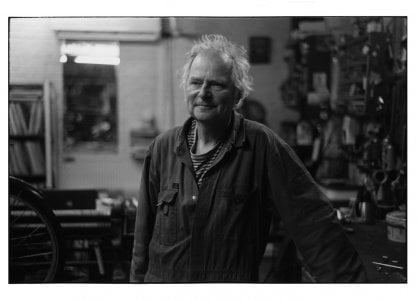
gelatin silver print (zeiss jena sonnar 5 cm f1.5) contax 1 version 4
Erik.

Last edited:
Räuber
Established
Hcompton79
Established
Is this thread limited to coated lenses made by Zeiss or are other manufacturer's pre-1945 coated lenses allowed as well?
wlewisiii
Just another hotel clerk
I am just reminded of my very early Kodak 1942 lens that has the inner surfaces coated only. Very interesting!
Any lens that is coated made up to and through 1945.Is this thread limited to coated lenses made by Zeiss or are other manufacturer's pre-1945 coated lenses allowed as well?
I have an early Schneider Xenon that is fully coated, wartime.
Kodak was coating optics at this time.
Hcompton79
Established
Indeed they were, this gives me an opportunity to show off some of my early coated Kodak Ektars.Kodak was coating optics at this time.
Kodak, like Zeiss, was an early adopter of lens coatings beginning in 1940. As some of you may know, the launch of the Kodak Ektra rangefinder camera included a lineup of 6 lenses for this system. Unique for the time, every lens in the system came coated from the factory.
The prewar run of lenses like all of my examples were coated on interior surfaces only as the material Kodak was using for vacuum deposition at the time was softer than later lens coatings, although I believe it would still be considered a hard coating as it was more durable than some earlier types of coatings. Rudolph Kingslake identifies the material used by Kodak at the time as Calcium Fluoride. Care should be taken in cleaning the internal surfaces of these lenses though, as many cleaning substrates can scratch the coating. It's best to treat them similarly to front surface mirrors.
In addition to being coated, the Ektra Ektars also made use of Kodak's new (at the time) rare earth element high reflation, low dispersion glass rather than ordinary crown glass. This glass contained compounds of Tungsten, Tantalum and Lanthanum (no Thorium yet) but no Silica.
I have a couple of these lenses and in my experience, all perform exceptionally. All are date coded 1940 (EY).
First up we have the Kodak Ektar 35mm f/3.3, this was the wide angle lens for the Ektra.
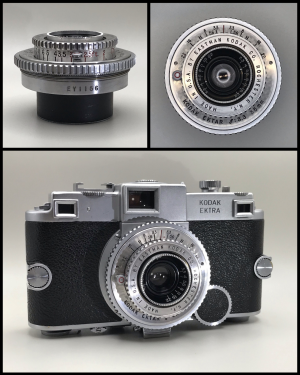
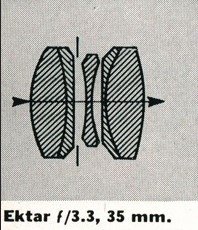
This lens is a five element design of the Heliar type similar to the 100mm f/3.5 found on the Kodak Medalist. This shouldn't be a surprise, as both lenses were designed by Kodak engineer Fred E. Altman.
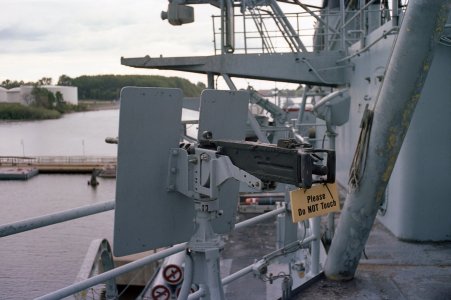
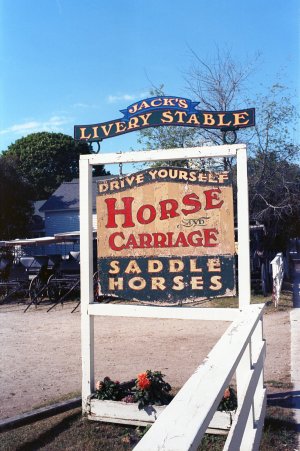
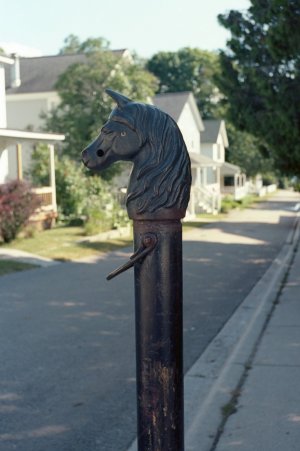
Last edited:
Hcompton79
Established
Next up is the standard lens for the Ektra system. The Ektar 50mm f/3.5. This was the slower prime lens alongside the fast prime, the seven element 50mm f/1.9. This lens is however noticeably smaller and lighter than the f/1.9 though.
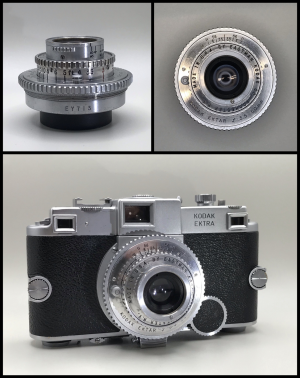
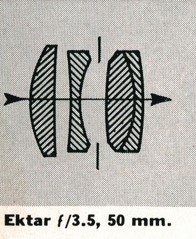
This lens is a four element in three groups modified Tessar design, with the power of the rear two elements reversed as compared to a Tessar.
This is reportedly the sharpest lens of the Ektra system, and I would tend to agree. This one even has some scratches on the front element, but you wouldn't know that from how it performs.
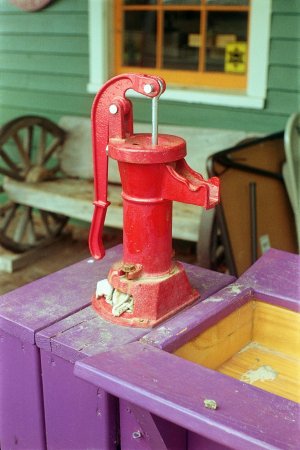
These two images were taken at the same time. The first was shot at 1/100 f/11 and the second wide open at 1/1000 f/3.5.

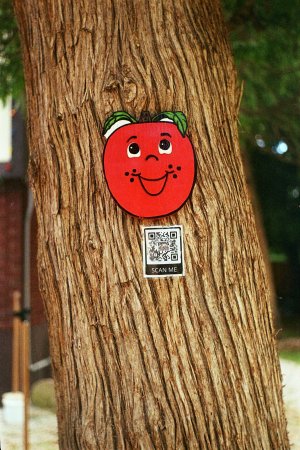


This lens is a four element in three groups modified Tessar design, with the power of the rear two elements reversed as compared to a Tessar.
This is reportedly the sharpest lens of the Ektra system, and I would tend to agree. This one even has some scratches on the front element, but you wouldn't know that from how it performs.

These two images were taken at the same time. The first was shot at 1/100 f/11 and the second wide open at 1/1000 f/3.5.


Hcompton79
Established
The Minolta 11cm F5.6 also uses the 4/2 2-2 formula- although much later than Kodak.
Surprising that Kodak got such a Fast 135 out of this configuration.
Surprising that Kodak got such a Fast 135 out of this configuration.
Hcompton79
Established
The other pre-1945 Ektar lens I have is the 100mm f/3.5 lens found on my Kodak Medalist.
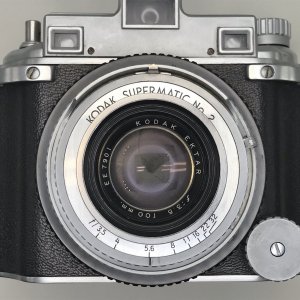
This lens/camera is dated 1944 (EE) and would have been produced during wartime for use by the US Navy amongst others.
Unlike the previous lenses, this example is Magnesium Fluoride hard coated. Early examples of the Medalist would have had lenses coated with Calcium Fluoride on internal surfaces only like the Ektra Ektars.
Based on observed examples, it appears Kodak began Magnesium Fluoride hard coating lenses around 1943-1944 for certain lenses produced for military contracts. These are identified by the much darker blue/purple hue to the lens coating, whereas the Calcium Fluoride lenses take on a much lighter pale baby blue hue when held in the right light. In 1946 Kodak would adopt this process for their higher end consumer cameras and term it "Lumenizing". Such lenses will be marked with Ⓛ near the lens mount. In addition to the Medalists, I've also seen some Kodak 35 RF cameras with this coating dated 1945, but lack the Ⓛ marking.
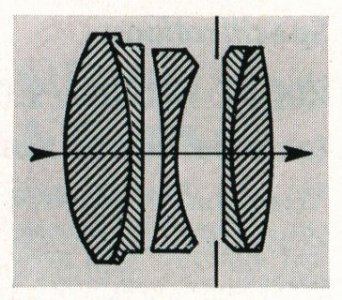
The 100mm f/3.5 Ektar is another Fred Altman Heliar design. The Medalist and its lens have a reputation as stellar performers, and this example is no exception.
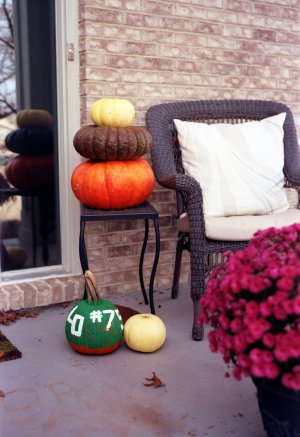
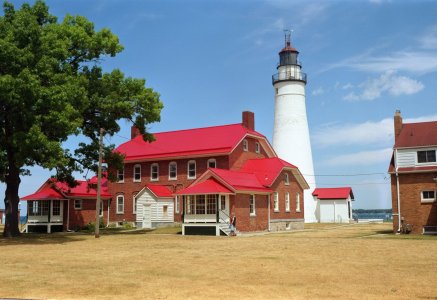
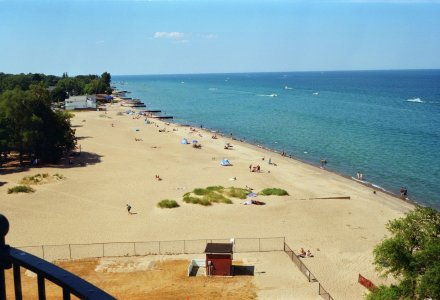

This lens/camera is dated 1944 (EE) and would have been produced during wartime for use by the US Navy amongst others.
Unlike the previous lenses, this example is Magnesium Fluoride hard coated. Early examples of the Medalist would have had lenses coated with Calcium Fluoride on internal surfaces only like the Ektra Ektars.
Based on observed examples, it appears Kodak began Magnesium Fluoride hard coating lenses around 1943-1944 for certain lenses produced for military contracts. These are identified by the much darker blue/purple hue to the lens coating, whereas the Calcium Fluoride lenses take on a much lighter pale baby blue hue when held in the right light. In 1946 Kodak would adopt this process for their higher end consumer cameras and term it "Lumenizing". Such lenses will be marked with Ⓛ near the lens mount. In addition to the Medalists, I've also seen some Kodak 35 RF cameras with this coating dated 1945, but lack the Ⓛ marking.

The 100mm f/3.5 Ektar is another Fred Altman Heliar design. The Medalist and its lens have a reputation as stellar performers, and this example is no exception.



Erik van Straten
Mentor
furcafe
Mentor
Indeed they were, this gives me an opportunity to show off some of my early coated Kodak Ektars.
Kodak, like Zeiss, was an early adopter of lens coatings beginning in 1940. As some of you may know, the launch of the Kodak Ektra rangefinder camera included a lineup of 6 lenses for this system. Unique for the time, every lens in the system came coated from the factory.
The prewar run of lenses like all of my examples were coated on interior surfaces only as the material Kodak was using for vacuum deposition at the time was softer than later lens coatings, although I believe it would still be considered a hard coating as it was more durable than some earlier types of coatings. Rudolph Kingslake identifies the material used by Kodak at the time as Calcium Fluoride. Care should be taken in cleaning the internal surfaces of these lenses though, as many cleaning substrates can scratch the coating. It's best to treat them similarly to front surface mirrors.
In addition to being coated, the Ektra Ektars also made use of Kodak's new (at the time) rare earth element high reflation, low dispersion glass rather than ordinary crown glass. This glass contained compounds of Tungsten, Tantalum and Lanthanum (no Thorium yet) but no Silica.
I have a couple of these lenses and in my experience, all perform exceptionally. All are date coded 1940 (EY).
First up we have the Kodak Ektar 35mm f/3.3, this was the wide angle lens for the Ektra.
View attachment 4825657
View attachment 4825658
This lens is a five element design of the Heliar type similar to the 100mm f/3.5 found on the Kodak Medalist. This shouldn't be a surprise, as both lenses were designed by Kodak engineer Fred E. Altman.
View attachment 4825660
View attachment 4825661
View attachment 4825662
Completely agree that the Ektars for the Ektra are exceptional performers.
As far as the internal vs. external coatings, I have a late, 1945/ER, 50/1.9 Ektar for the Ektra that clearly has external coating, though it isn't marked w/the Lumenized "L" seen on post-war lenses, like the 100/3.5 Ektar (1946/EO) on my Medalist II, the 47/2 Ektar (1947/ES) on my Kardon, or the 1946 (EO) 50/1.9 Television Ektanon in Ektra mount that I found on eBay.
The 35/3.3 Ektar is a fine lens & my favorite for the Ektra, not just for its rendering & focal length, but because it has such a flat profile (the closest thing to a pancake other than the 50/3.5) & (I believe) focuses the closest of any of the Ektars. Mine is from 1941/EC, though the rest of my Ektra lenses are all 1940/EYs like yours (no surprise given that Ektra lens production was on hiatus during the war).
f/4 (& 1/100th second):
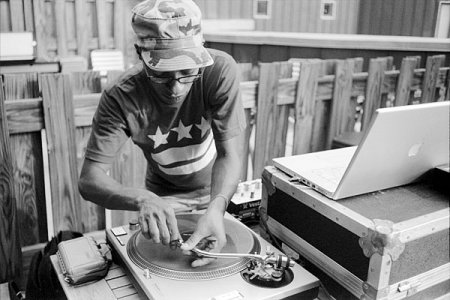
Last edited:
furcafe
Mentor
Next up is the standard lens for the Ektra system. The Ektar 50mm f/3.5. This was the slower prime lens alongside the fast prime, the seven element 50mm f/1.9. This lens is however noticeably smaller and lighter than the f/1.9 though.
View attachment 4825663
View attachment 4825664
This lens is a four element in three groups modified Tessar design, with the power of the rear two elements reversed as compared to a Tessar.
This is reportedly the sharpest lens of the Ektra system, and I would tend to agree. This one even has some scratches on the front element, but you wouldn't know that from how it performs.
View attachment 4825665
These two images were taken at the same time. The first was shot at 1/100 f/11 and the second wide open at 1/1000 f/3.5.
View attachment 4825666
View attachment 4825667
I'm not sure if I have any shots uploaded that were taken at f/3.5, but it's certainly sharp enough at f/4 (& 1/50th second):
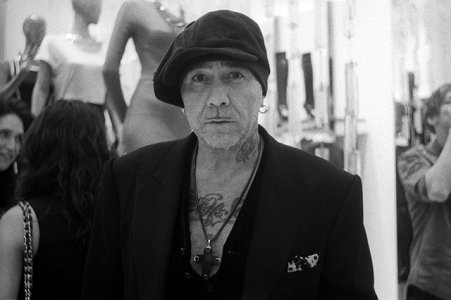
wes loder
Photographer/Historian
Share:
-
This site uses cookies to help personalise content, tailor your experience and to keep you logged in if you register.
By continuing to use this site, you are consenting to our use of cookies.


